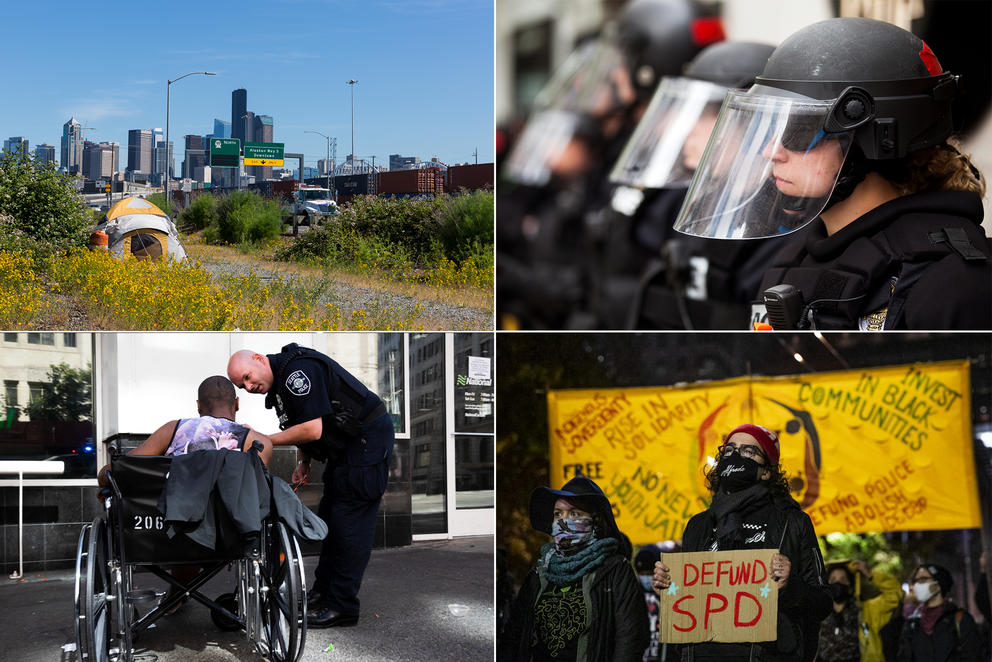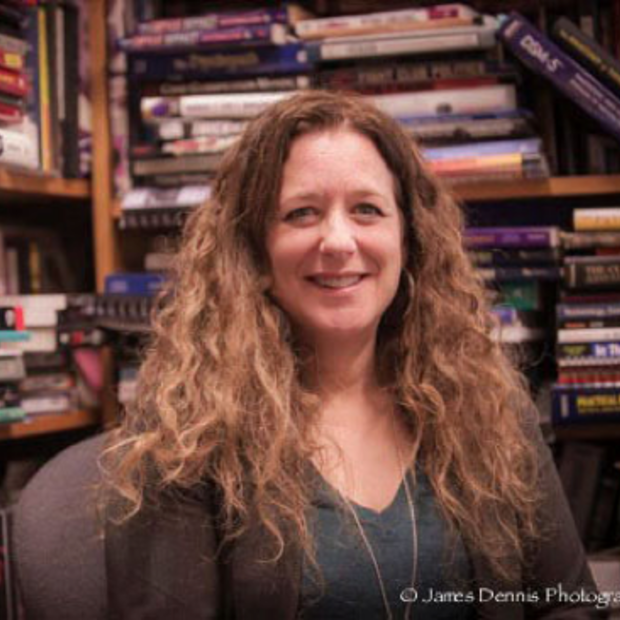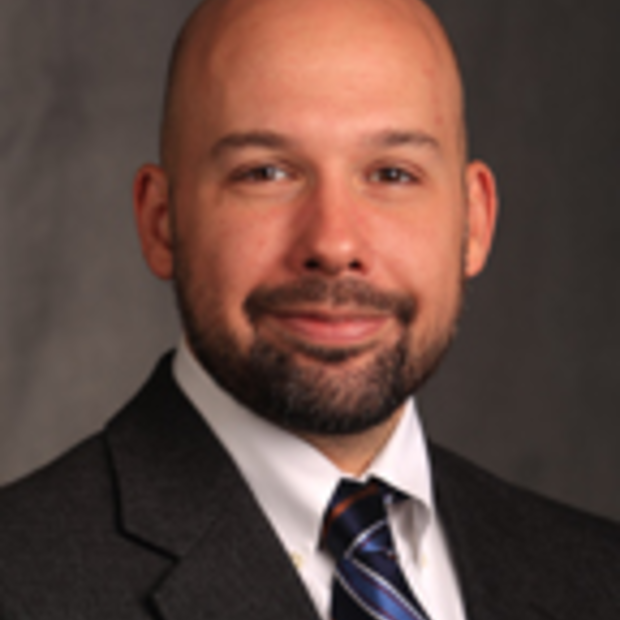The focus of the discussion, which was part of the Seattle Police Department’s Micro-Community Policing Plans, was the 2020 Seattle Public Safety Survey. This annual survey, now in its seventh year, seeks to capture the public safety concerns of residents across the city’s neighborhoods. The goal is to discern how the community and police can work together to make Seattle safer.
When you put protesters, crime victims, business owners, workers and neighborhood residents together with sworn and civilian police personnel, the debates are rich and wide ranging. But, broadly speaking, the dialogues around last year’s survey revealed two general camps. On one side are claims that public safety has decreased because of rising violent crime; the proliferation of visible homelessness and persistent lack of housing, addiction or mental health services; and the defunding of the police budget. Community members who share these perspectives ask: Who will respond to 911 calls as police staffing levels hit all-time lows? What should community members do if they are victimized and police can’t respond? Will the legal system no longer hold individuals accountable for violating the law? How can community members support the police? Who should be responsible for public safety, if not police?
On the other side are arguments of a different sort. Some maintain that it’s alarmist to claim that defunding or abolishing the police will result in rising crime and violence, and that police presence in fact decreases public safety and increases harm through militaristic interactions and violence. Community members who share these perspectives ask: If police commit harm and calling 911 contributes to systemic racism, who should community members call for assistance? How will we ensure these new systems do not also propagate systemic racism? What nonpolice services will be built up to respond to crime? How can homeless encampments, drug addiction and mental illness be addressed in ways that do not involve police?
It might seem like the distance between these two camps is vast. It doesn’t help that media and politicians amplify perspectives that represent extremes of the discourse. But despite these polarized perspectives, and our innate tendencies to confirm our own biases, the participants in our dialogues possessed a willingness to listen to each other and consider ideas that were new or different. With a shared understanding of how communities feel — backed by real data — we can have productive conversations that get us closer to solutions to our biggest public safety challenges.
Views about public safety exist on a spectrum. During the past seven years, we have collected data along that spectrum through the Seattle Public Safety Survey, which has been completed by tens of thousands of community members since 2015. Last week, we launched this year’s survey. It is one of the best tools we have to inform responses to legitimate and perceived concerns about crime, public safety and quality of life throughout Seattle.
The survey specifically measures community perceptions of public safety, quality of life and crime concerns in Seattle neighborhoods. Results can be compared across years and neighborhoods, yielding useful insight. And city agencies and community organizations can use the results to reimagine public safety, considering all perspectives across the public safety spectrum, even in a deeply polarized environment.
The survey findings can help determine whether community perceptions about public safety are connected to the number of crimes in a neighborhood. And the data can help make sense of how perceptions of quality-of-life elements of public safety — police legitimacy (how much people trust the police), social disorganization (neighborhood-level disorder), informal social control (willingness to get involved in public safety), social cohesion (closeness between neighbors) and fear of crime — are related to each other.
Perceptions of public safety and security impact quality of life. If a community member does not trust the police or believes the police have little or no authority, if they lack confidence that the police will come when they are called or are afraid of police violence, their quality of life is decreased. Likewise for someone who is afraid of crime, does not feel close to neighbors, or does not know how to contribute to their communities.
No two neighborhoods are the same. Understanding the nuances and unique experiences of Seattle’s many communities is important to the work of public safety. Community members in one neighborhood may report high fear of crime and low ratings of police legitimacy, while another may report low fear of crime and high ratings of police legitimacy. Unpacking these perceptions and directing city resources toward improving them can go a long way toward educating the public about informal ways to increase public safety without the police.
These real and perceived measures are as important as actual crime statistics for understanding an individual’s quality of life. Only when we understand a problem clearly can we respond thoughtfully. If fear of crime is high in a neighborhood where crime incidence is low, city resources can be used to educate the community about this discrepancy. If police legitimacy is low and fear of crime is high, city resources can be used to understand community mistrust and to develop alternatives when more police in those communities may not work.
The results of the Seattle Public Safety Survey, which is funded by the Seattle Police Department, are accessible to all. The public data can be utilized by public and private city organizations to advocate for their vision of how to build a safe and secure Seattle. They can be used by police to engage in problem-oriented policing by identifying where community members report high levels of fear of crime and social disorganization, and provide insight into how to best respond to these types of crimes. Finally, the survey results can be utilized to support investment of resources in underserved communities that do not include police.
Only through community engagement and feedback can we address the diversity of community public safety concerns important to all Seattle neighborhoods.
All who live and/or work in Seattle are eligible to take the 2021 Seattle Public Safety Survey until Nov. 30 at publicsafetysurvey.org. The survey is available in Amharic, Arabic, Chinese, English, Korean, Oromo, Somali, Spanish, Tagalog, Tigrinya and Vietnamese. For those unable to take the survey online, paper surveys are available upon request by emailing publicsafetysurvey@seattleu.edu.




